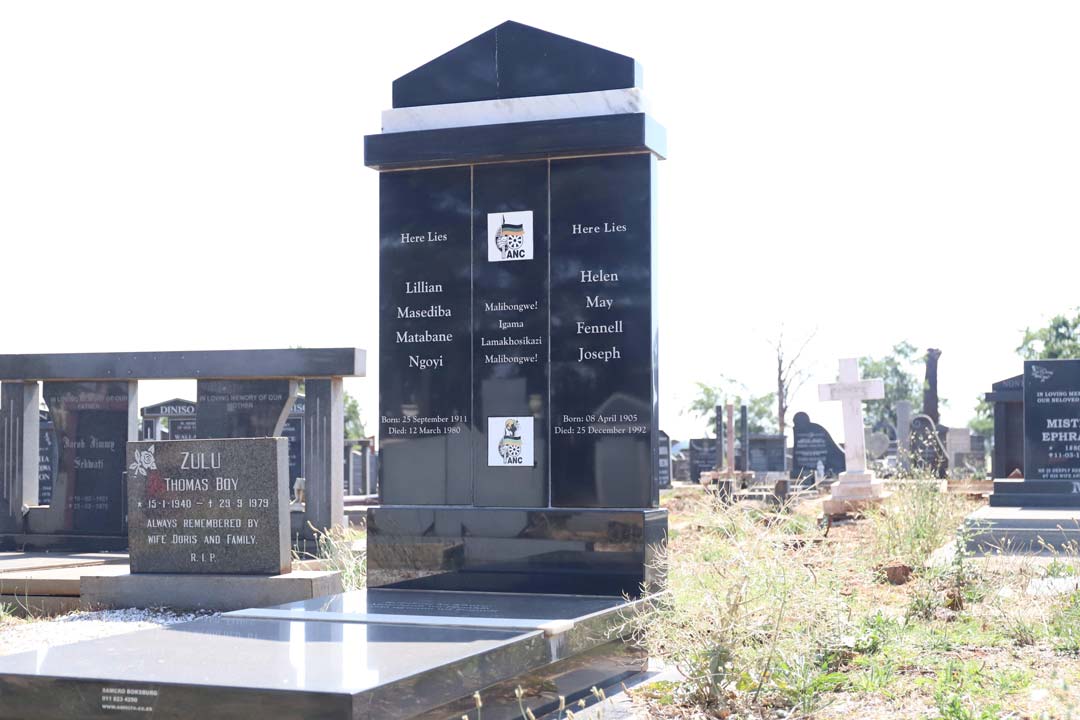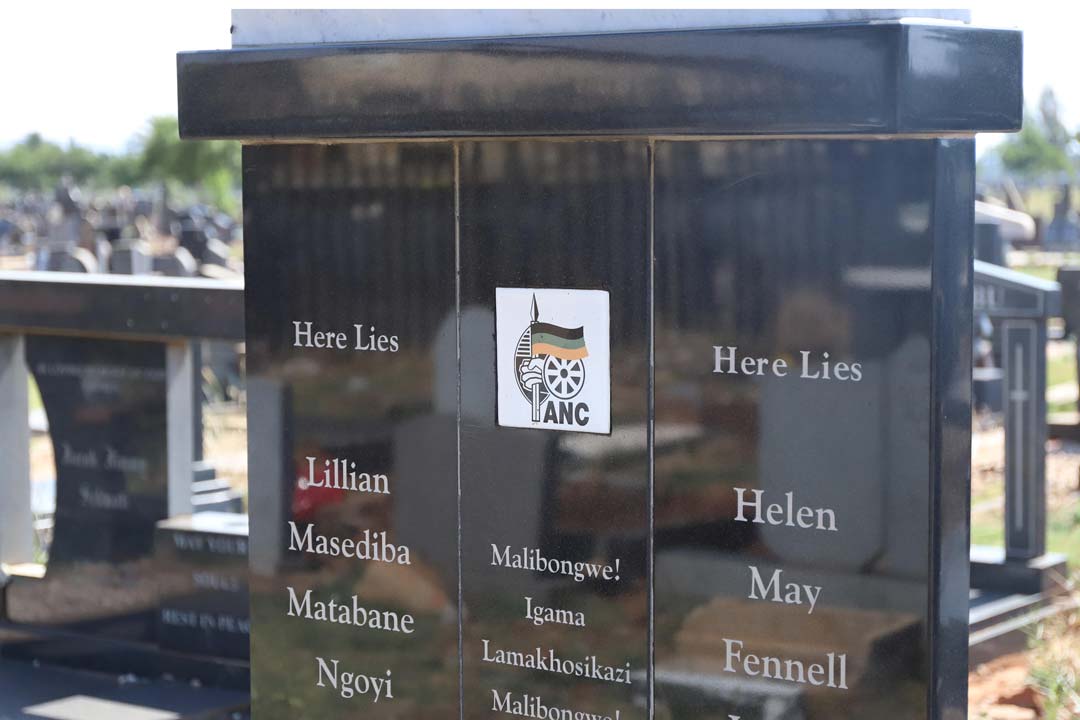BACKGROUND ON
HELEN JOSEPH
National Heritage Site declaration: 30 July 2010
Teacher, social political activist and Treason Trialist
Helen Joseph (8 April 1905 – 25 December 1992) was a British-born teacher who arrived in South Africa in 1931 after teaching in India. 1951 she joined the Garment Workers Union which exposed her to the injustices of the Apartheid regime, which angered her deeply. Joseph was one of the few white people to get involved in ANC activities in 1950s and became a founder member of the Congress of Democrats.
Appalled by the plight of Black South African women she was instrumental in establishing FEDSAW, and during her service as the National Secretary she met and befriended Lilian Ngoyi. Together with Rahima Moosa and Sophia Williams-De Bruyn they led the march of 20 000 women to the Union Buildings on 9th August 1956.
During the four year Treason Trial (1956 – 1960) she became friends with Nelson and Winnie Mandela and later often helped look after their daughters Zinzi and Zenani, along with many other children of political activists.
She received her first banning orders in 1957 and took great pride in stretching her restrictions to the limit. Shortly after the expiration of her banning order in 1962, she visited political activists who had been banished to remote areas of South Africa, delivering relief supplies. Upon her return, she became the first person to be placed under house arrest under the newly promulgated Sabotage Act and narrowly escaped a number of assassination attempts including gunshots through her bedroom window and a bomb on her front gate.
Despite the severe restrictions placed on her, she refused to go into exile and in 1992 she was awarded the ANC’s Isitwalandwe/Seaparankoe medal for her devotion to the liberation struggle. The Isitwalandwe/Seaparankoe is the highest honour awarded by the ANC to those who made outstanding contributions and sacrifices to the struggle.





